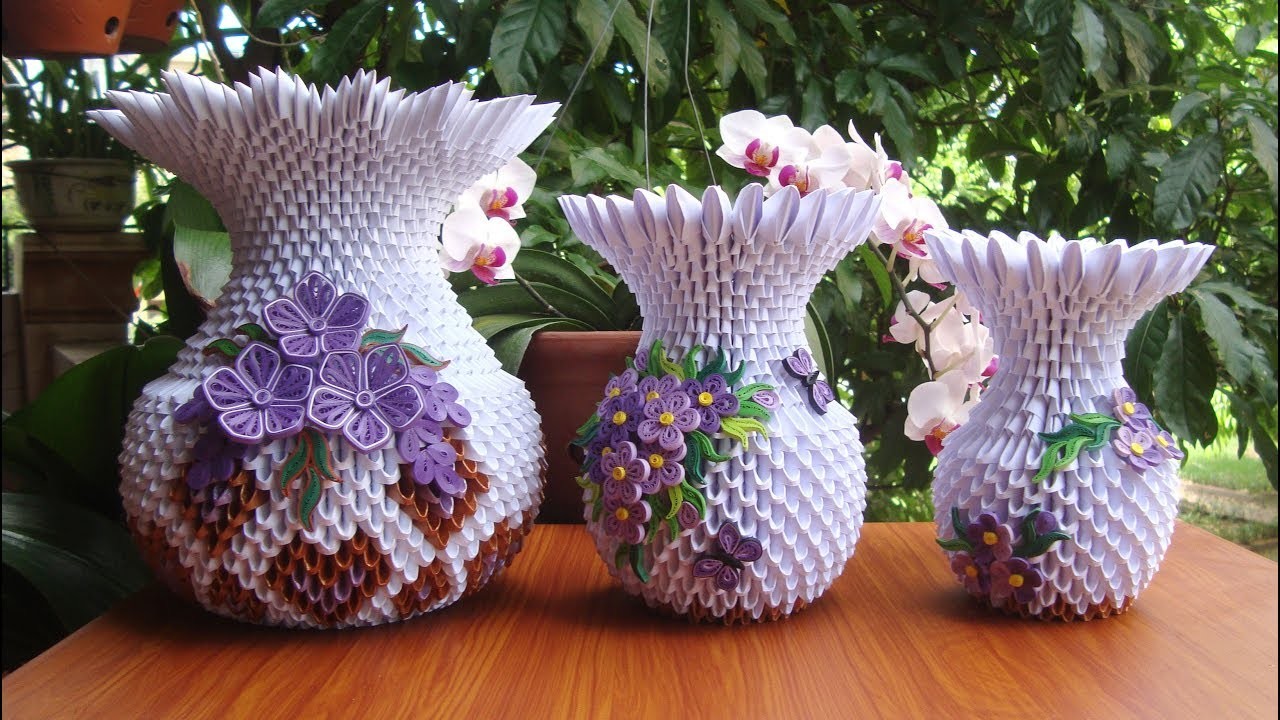



Now do the exact same thing on the left side of the model, resulting in Diagram 8. The result should look like Diagram 7 below. Flatten everything out and crease all over. Then swivel point B over to meet point F as you do so the bottom half of the opened side will come up and you can lay point D down on top of B (which is now on top of F). It is important as a first step here that you reverse the folds that run from the center to point B and from the center to point A (that is, change the valley fold to a mountain fold and the mountain fold to a valley fold). Note that I have labeled some points on the diagram, and that valley folds are marked by dashed lines and the mountain folds are marked by dashed & dotted lines. Take a deep breath, it’s not difficult if you pay attention to detail. Now we are going to focus on the right side first: the result of the next step is shown in Diagram 6. Crease each one well, as shown in Diagram 5. As indicated in Diagram 4, next take each of the top layers of the bottom points and fold them up to meet the top point. Your result should look like the diamond in Diagram 4. As shown in Diagram 3, take each of the upper corners, fold them down to the bottom point and crease. The result should look like Diagram 2 below. Diagram 1 below shows the folded sheet with bottom edges down, and indicates our next move: the dashed lines indicate where we fold next - bring each bottom corner up to the center of the top edge, fold and crease well. Fold the sheet in half from the top to the bottom and give it a good crease be sure that the open (not folded) edge is on the bottom, nearest you. Start with your square sheet of paper white (or un-printed, or that you don’t want to show when we’re finished) side up.

A 6″ square works great, I haven’t tried bigger … I like 4″ as well but if you go too much smaller the folds get kind of thick toward the end. There are a couple of slightly tricky steps but I’ve tried to make my instructions and diagrams easy to understand….Īll you need is a square sheet of paper easiest to follow the directions if it is printed on one side and white on the other. Step 10: Take the small triangle at the end and fold it inwards as shown.I know, this is long overdue and late for Valentine planning - my apologies! But if you’re a last-minute type like I am you may enjoy this cute, clever and relatively easy stand-up heart. Step 9: Turn the other side of the paper and make the same as you have done in the previous step. Step 8: Do the same fold in the other side. Step 7: Take any one side, press the centre corner towards the centre. Step 5: You should fold as we have shown in the below image. Step 4: Bring all the centre points together. Step 3: Unfold the paper and make a fold, in a way that the opposite corners touches each other. (Note: If your paper have white side, than it will be the outer layer.) Step 2: Make a mountain fold from both the ends. Origami Paper or any paper (Color of your choice) Here is the simple step by step tutorial that would help you to make flower vase of your own with the paper. Normally flower vase can me made out of ceramics, glass and non-rusting metals such as aluminium, brass, bronze or stainless steel. Option to decorate your home with the bunch of pleasant smellingįlowers.
Easy origami flower vase how to#
How do you make flower vase using origami paper? How to Make Paper Vase?įlowers are pretty cute creation of nature.


 0 kommentar(er)
0 kommentar(er)
